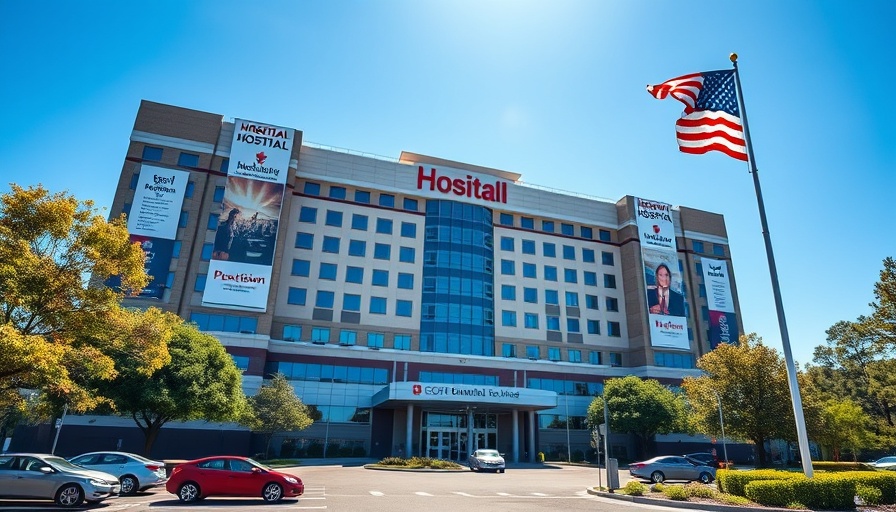
A Landmark Verdict in Healthcare: What It Means for Patient Safety
A recent jury ruling has sent ripples through the healthcare community: former chief nursing officer Nancy Valla won a staggering $27.5 million in a lawsuit against Dignity Health's St. Mary Medical Center for unlawful retaliation and failure to accommodate her disability. This case is significant not just for the figures involved but for the implications it has for patient safety and healthcare workers advocating for change.
The Courage to Speak Up
Nancy Valla raised a red flag over patient safety issues, particularly following a tragic incident in 2019 when a homeless woman took her life from the hospital's parking structure. Valla sought stronger safety measures, embodying the responsibility healthcare professionals carry for patient well-being. Instead of support, she faced backlash from her superiors, indicating a culture that discouraged raising safety concerns.
Unpacking the Details: Was the System Rigged Against Her?
In the courtroom, hospital lawyers argued Valla faced no adverse employment action, stating she wasn't directly involved in the incident and claimed no trauma from the event. Contrarily, evidence presented in court showed her attempts to prioritize life-saving measures were met with resistance. Valla's story is emblematic of a larger issue within healthcare: are nurses and healthcare workers truly protected when they raise alarm bells?
The Stakes of Neglecting Mental Health
Alongside the retaliation claims, Valla also highlighted how St. Mary’s neglected to accommodate her mental health condition. After taking necessary medical leave for treatment, instead of welcoming her back, the hospital allegedly plotted her dismissal. This raises broader questions about how systems prioritize both physical and mental health—do institutions value their employees or simply the bottom line?
Lessons from Valla's Victory: A Call to Action
This trial is a clarion call for healthcare systems everywhere. Valla's attorney encapsulated the trial's importance perfectly, stating that the verdict reminds us all that negligence towards mental health and retaliation against whistleblowers cannot go unpunished. The implications are clear: healthcare institutions must evolve into supportive environments that allow both the issues and the solutions to be discussed openly.
Future Trends: Advocating for Safe Healthcare Environments
This moment can be a turning point for how healthcare officials approach patient safety. The repeat incidents voiced by nurses like Valla could lead to systemic changes, ensuring that safeguarding patients does not come at the cost of employee rights or mental well-being. Hospitals integrating supportive structures and transparent communication channels could potentially avert tragedies.
Taking Action Towards Change
Now is the time for both healthcare workers and the communities they serve to advocate for stronger protections against retaliation. If you work within a healthcare setting, be vigilant in your support for peers facing retaliatory actions; speak up, share your concerns, and ensure there are mechanisms in place for addressing such grievances without fear of reprisal.
This verdict sends a clear message: standing up for safety should not come at a personal cost. It calls for healthcare institutions to reassess their practices and create environments where courage is met with support rather than resistance.
Take the time to engage in conversations with local health departments and advocacy groups, ensuring that these issues remain at the forefront of healthcare discussions. The future of healthcare depends on it.
 Add Row
Add Row  Add
Add 



Write A Comment